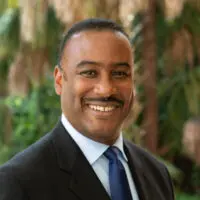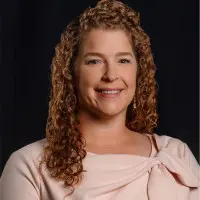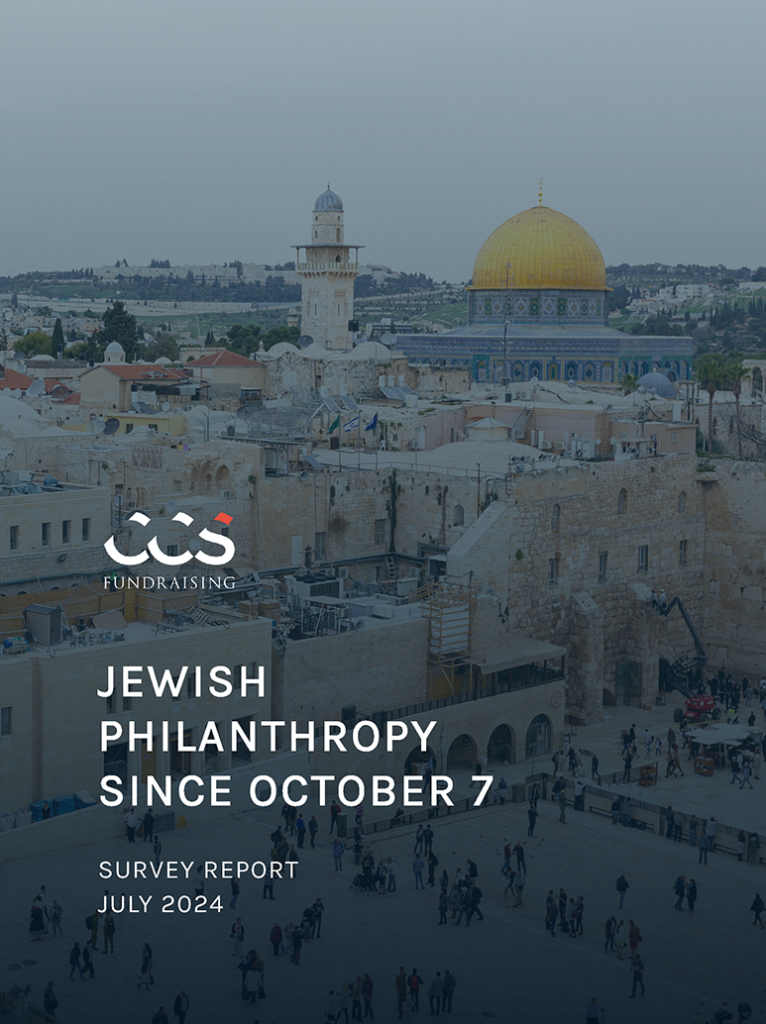The California wildfires of January 2025 have left a trail of destruction, displacing thousands across Southern California and impacting many communities, including Altadena and Pacific Palisades. Residents, organizations, and businesses across Los Angeles are suffering immensely, and the threat of wildfire continues amid historically dry and windy conditions. This California wildfires crisis response guide provides some tried-and-true methods to support your organization.
The California wildfires disaster hits close to home for the Southern California team at CCS. Many of our colleagues evacuated their homes this week, and our clients are trying to assess the extent of their losses. We, collectively, are mourning for our friends, neighbors, and our city. Amid this unfolding tragedy, the outpouring of support across all of Los Angeles and the surrounding communities has been a testament to the beauty and generosity of this community.
What we know in these times of crisis is that there is an immediate response, followed by years of recovery. At this time, organizations across Los Angeles are responding to the immediate needs of the community and those directly affected by the wildfires. Faith-based organizations are gathering donations to support their members and recover losses, regional animal shelters are taking in a record number of displaced animals, and community foundations are stepping up to provide direct relief and assist donors in directing their philanthropy towards greatest impact.
We also know that during this critical time, over a third of private giving is done in less than four weeks following a sudden disaster like the LA wildfires. Two-thirds of that giving takes place within two months. By five or six months, disaster-related giving all but stops. Regardless of your nonprofit’s mission, every organization in the region can focus their efforts on a few simple but impactful steps during this immediate response phase.
Featured Nonprofits Responding to the California Wildfires Crisis:
American Red Cross: The American Red Cross offers shelter, emergency supplies, and emotional support to individuals and families displaced by wildfires.
California Community Foundation Wildfire Recovery Fund: This fund supports long-term recovery efforts by providing financial resources to rebuild communities affected by wildfires.
LA Fire Department Foundation: The LA Fire Department Foundation enhances wildfire response by funding specialized equipment, training, and resources for firefighters.
World Central Kitchen: World Central Kitchen delivers hot meals and food supplies to first responders and communities impacted by wildfires.
Prioritize Your People as Part of Your Nonprofit’s Crisis Response
Ensure the safety and well-being of your staff, volunteers, and the communities you serve. Recognize that addressing immediate needs is paramount. This involves providing essential services such as food, shelter, and medical care to those affected by the wildfires. Organizations have stepped up to provide these immediate needs. If your organization’s mission does not directly align with the immediate crisis response needs, there will be a prolonged need for volunteer support and resources as a group or on an individual basis.
Stay Mission-Driven
Align your organization’s California wildfires crisis response with its core mission. For instance, if your organization focuses on housing, you might explore ways to provide temporary shelters and long-term housing solutions for displaced families. This alignment strengthens your organization’s purpose and builds trust with both existing and new donors. If your organization is not directly connected to immediate response needs but still wants to contribute, consider adopting a long-term, holistic approach to your mission within the context of community development. Think about how to address issues like racial equity, mental health, and broader community support, which are already key concerns.
Focus Solicitations on Disaster-Relevant Appeals
Organizations, particularly those with a local focus in the LA region, may find it beneficial to hold off on broad fundraising appeals unrelated to the wildfire response, especially if a large section of their donor base is directly affected. Instead, work with your team to develop specific campaigns that address the immediate needs caused by the wildfires and clarify how contributions will help. Discuss with your team an appropriate timeframe to resume broader solicitations, likely after 6 months, while remaining flexible as the crisis and subsequent recovery evolve in the coming weeks.
Organizations that are LA-based but have a national or global audience may find it advisable to continue solicitations, especially for select donors who are not directly impacted by the LA fires. In this case, it is crucial to ensure that messaging remains considerate of the current circumstances. For all organizations, it’s essential to focus on initiatives that align with donors’ current motivations and interests.
Stay in Touch with Your Donors & Track New Donor Information During the California Wildfires
Enhance your communication efforts during the response phase by providing frequent updates on the evolving situation and your organization’s actions. Use multiple channels—social media, emails, and press releases—to keep your supporters informed and engaged. Take a page from the COVID-19 pandemic playbook with this guide on how to maintain donor engagement during a crisis.
In addition to enhancing your communication strategy as part of your California wildfires crisis response, organizations should prioritize maintaining accurate and regularly updated donor data. This is especially important as new donors contribute to your efforts. Paying close attention to the motivations and interests of these donors is crucial, as understanding these details will play a key role in retaining their support in the future.
A time will come when recovery efforts take the place of immediate response. The need for support across our communities will remain for the foreseeable future, particularly as affected communities look to rebuild. This does not mean that you cannot be working on a strategy for recovery now: How will the recovery effort fit into your fundraising priorities? How will your organization’s mission fit into the recovery effort? This crisis is dynamic and unfolding in real time—so while some planning is needed, remain flexible and focus on the connection with and cultivation of your close donors and friends.
In this time of uncertainty, the nonprofit sector is paramount in our community, and must press on. We owe it to our missions and to the network of services that make up a rich landscape of nonprofits in Greater Los Angeles and the surrounding communities. This is a city of immense generosity and willingness to lend a hand. It is in these times of crisis that we must show up, show the heart of our missions, our people, and who we really are.
More Insights
How to Maintain Donor Engagement During a Crisis: Key Considerations and Guidance
With the COVID-19 crisis impacting the philanthropic landscape, nonprofit organizations across all sizes and sectors share the same question: how do we engage our donors, and what sort of outreach is appreciated and appropriate?
Building Momentum in Challenging Times: How Small Wins Become Big Wins
It’s important to remember that campaign success is not only about funds raised, but also about the ongoing accomplishments that keep a development team feeling positive about the direction forward.

















